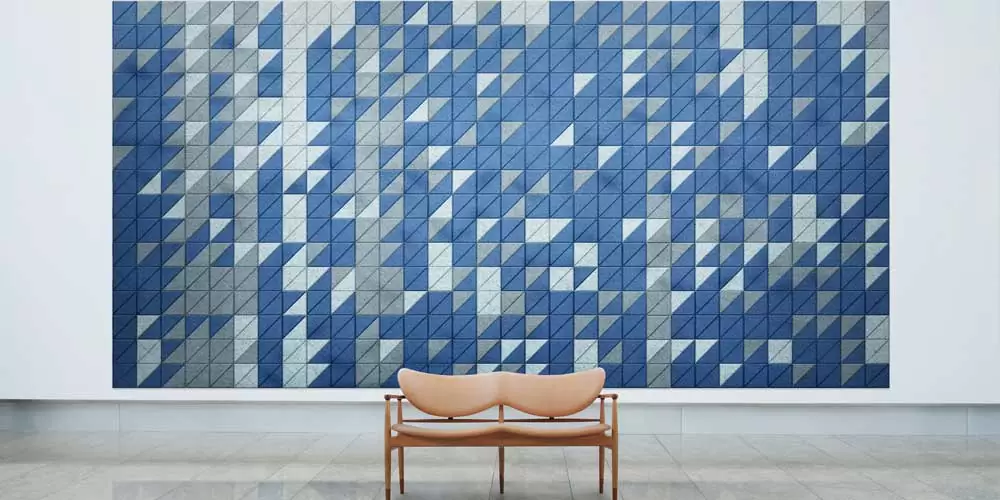The facade of a building is the first thing people see when they approach a building, and it plays a critical role in defining the character of the structure. The facade also serves an important function by providing a barrier between the interior and exterior of the building. With the advent of new materials and technologies, facade consultants are now able to offer innovative solutions for modern building design.
Acoustical Wall Panelling
One innovative solution that facade consultants are increasingly recommending is acoustical wall panelling. These panels are designed to absorb sound and reduce noise levels, making them an excellent choice for buildings located in busy urban areas or near highways. Acoustical wall panelling can also help to create a more pleasant and comfortable environment for building occupants by reducing noise pollution.
One of the main advantages of acoustical wall panelling is that it can be customized to fit the specific needs of a building. Different materials and designs can be used to create a wide range of acoustical performance levels. Additionally, acoustical wall panelling can be integrated seamlessly into the overall design of the building, creating a visually appealing and functional facade.
Innovative Facade Materials
Facade consultants are also recommending a range of new materials for use in building facades. One popular material is glass-fibre reinforced concrete (GFRC), which offers a lightweight and durable alternative to traditional concrete. GFRC can be molded into a variety of shapes and designs, making it a versatile option for creating unique and visually striking facades.
Another innovative material is polycarbonate, which is lightweight, durable, and offers excellent thermal insulation. Polycarbonate can be used to create translucent facades that allow natural light to filter into a building while providing protection from the elements.
Other innovative facade materials include composites, such as carbon fiber reinforced polymer (CFRP), which offer high strength and durability, and metal alloys, such as titanium, which provide a sleek and modern appearance.
New Technologies
Advances in technology are also opening up new possibilities for facade design. One example is 3D printing, which allows architects and designers to create complex and intricate facades that were previously impossible to achieve. 3D printing can also help to reduce waste and increase efficiency during the construction process.
Another new technology is smart glass, which can be used to control the amount of light and heat that enters a building. Smart glass can be tinted or dimmed automatically in response to changing weather conditions or the position of the sun, reducing the need for artificial lighting and HVAC systems.
Conclusion
Innovative materials and technologies are transforming the field of modern building design, and facade consultants are at the forefront of this evolution. Acoustical wall panelling, GFRC, polycarbonate, composites, and new technologies such as 3D printing and smart glass are just a few examples of the innovative solutions that facade consultants are recommending to their clients. These materials and technologies offer a range of benefits, from improved acoustics and thermal insulation to increased efficiency and reduced waste. If you are designing a modern building, consider working with a facade consultant to explore the latest innovations in materials and technologies and create a facade that is both visually striking and functional.


